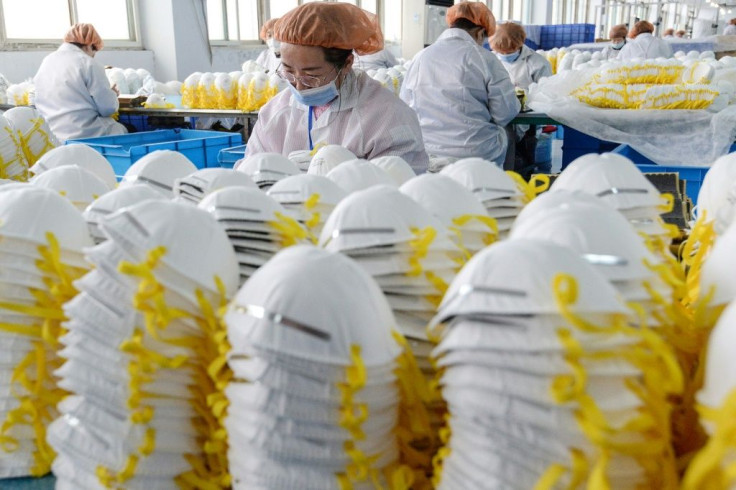China’s Economy Grew By 3.2% In Second Quarter, But Recovery Has Been Uneven

KEY POINTS
- Analysts had predicted a more modest 2,5% expansion in second quarter
- Chinese government has unveiled programs to pump up the economy
- Recent data also suggested that Chinese manufacturing has rebounded
China said its gross domestic product grew by 3.2% in the second quarter – on a year-over-year basis -- as its economy rebounded from the coronavirus pandemic. Analysts had predicted a more modest 2,5% expansion.
“Generally speaking, the national economy overcame the adverse impact of the epidemic in the first half gradually and demonstrated a momentum of restorative growth and gradual recovery, further manifesting its… resilience and vitality,” said China’s National Bureau of Statistics
In the first quarter, China’s GDP contracted by 6.8% on a year-over-year basis – the first shrinkage recorded since such data started being kept in 1992 -- due to the impact of the COVID-19 outbreak.
As countries across the world have done, the Chinese government has unveiled programs to pump up the economy, including fiscal spending and cuts in lending rates and banks’ reserve requirements. China also relaxed lockdown measures prior to most other nations.
Recent data also suggested that Chinese manufacturing has rebounded.
Bo Zhuang, chief China economist at TS Lombard, said Chinese exports have received “massive market share” while most of the rest of the world remained in lockdown.
Zhuang expects China’s recovery to sustain itself over the next two quarters at least, while the domestic economy seems to be doing “fine” -- citing growth in infrastructure and cross-provincial travel.
But China’s statistics bureau admitted there were risks to future growth.
“Given the continuous spread of the epidemic globally, the evolving huge impact of the epidemic on the global economy and the noticeably mounting external risks and challenges, the national economic recovery was still under pressure,” the bureau said.
China’s economy has other weak spots as well -- retail sales declined 1.8% in June from last year, while some analysts expect more job losses and bankruptcies.
“We are seeing an uneven recovery in China. Return to work, especially factory production, seems to be doing relatively much better,” said Johanna Chua, head of Asia economics and strategy at Citigroup.
China’s uneven rebound and weak consumption data also has other analysts worried.
“Maybe today there’s some kind of realization that while the industrial side of the economy is really being driven by fiscal stimulus, the consumer side of the economy is a bit more problematic,” said Tapas Strickland, an economist at National Australia Bank.
Trinh Nguyen, senior economist for emerging Asia at Natixis, tweeted: “Markets don’t like the unenthusiastic Chinese spenders.”
But Marcella Chow, global market strategist at JPMorgan Asset Management’s wrote in a note: “Looking forward, we expect to see continuous improvement in the upcoming quarters as domestic economic activities largely resume.”
“Along with the increase in government-driven infrastructure investment, consumption might become a new growth driver,” added Chow. “Since domestic households have accumulated huge amount of bank deposits for precautionary savings during the economic slowdown and pandemic, fast recovery might be seen in consumption when their confidence improves.”
© Copyright IBTimes 2025. All rights reserved.





















